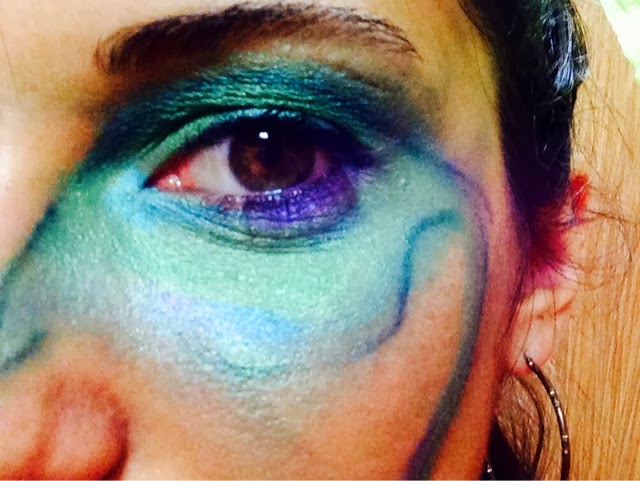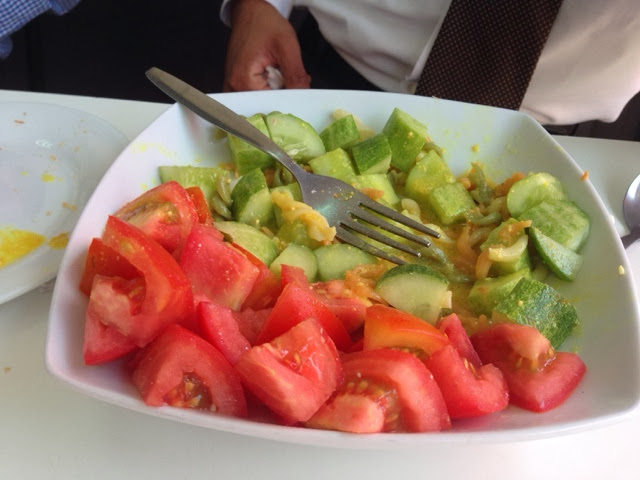On Saturday, we lost a coworker and a friend. Vanvilay was someone we worked closely with, and about six weeks ago she stopped coming to work. We found out a couple weeks later that she had gone to Thailand for treatment of leukemia.
She passed away on Saturday after spending her last days at home with her family.
In Buddhist tradition, her death was announced and friends and family from across Lao came to Vientiane to pay their respects to her family and to mourn Vanvilay.
We (as a office) went to pay our respects to her family on Tuesday, and brought a large floral wreath and an envelope of kip we left with the family. (The donation goes to pay for things like the funeral ceremony, and the food that the family provides for those who visit them the week before. We were unsure of what amount to donate, but were told that 50,000kip, or $7, would be more than enough.) The family hosts extended family and friends at their home between the death and the funeral, which can last any amount of time between one day and a week (but is typically three days). There were dozens of people at the home when we visited, eating and playing cards and telling stories about Vanvilay. It was a time of mourning, but also a time of coming together, of celebrating and remembering her. After all, Buddhism dictates that she is not going to the afterlife- she is traveling from this body to the next, until she achieves Nirvana.
The funeral was held on Thursday afternoon, at Wat That Foon. The funeral customs are very different from those I've seen before, which is to be expected, but thankfully our office admin, who is Lao, sat next to me and would explain what was happening.
Around 1:30pm, the men in the family, dressed in monks robes, lead the procession, followed by the women in the family, dressed in the traditional Buddhist's nuns' garbs. The procession apparently lasts 500m, ending at the location of the ceremony in the temple. The truck brings in the casket, which built tall, and adorned in white and gold.
Over the ceremony, the Buddhist monks listed the names of Vanvilay and her family, and her employer "listed her history". We didn't understand any of this, as it was all in Lao, but we could watch the ceremony.
There were several men that had been hired to help with the funeral services. They dismantled the casket and the wood coverings in order to move them from the truck to the table, then covered the casket in coconut oil. This is to "clean" the spirit, to ensure it has a good start into the next life.
Then the close family came to lay gifts upon the caskets- things that would be cremated, along with her body. These things included mementos, or new clothing. While this was happening, a man came around with a basket collecting donations- the typical donation, from what we could see, was about 5,000kip (less than a dollar).
After the family gave their presents, the men in the family and the men hired to help with the funeral laid large floral arrangements on the casket, and then the guests of the funeral were invited to place flowers and candles (which were provided) along the casket.
After placing the flower and candle on the casket, we exited the casket area, "nopping" (or bowing your head in reverence) to the family members. I left after this, but there were more ceremonial traditions I missed. Cookies and money are then thrown amongst the crowd, apparently as a good luck token. Guests are invited to stay for the lighting of the pyre, though expected to leave right after. The family then takes pictures in front of the burning pyre.
In this way, Vanvilay's soul was sent from this body to whatever comes next.
Resource (with pictures) for Lao funerals:
http://www.laoworld.net/index.php?document_srl=10494&mid=culture
Vanvilay's pyre (I did not take this picture)










































